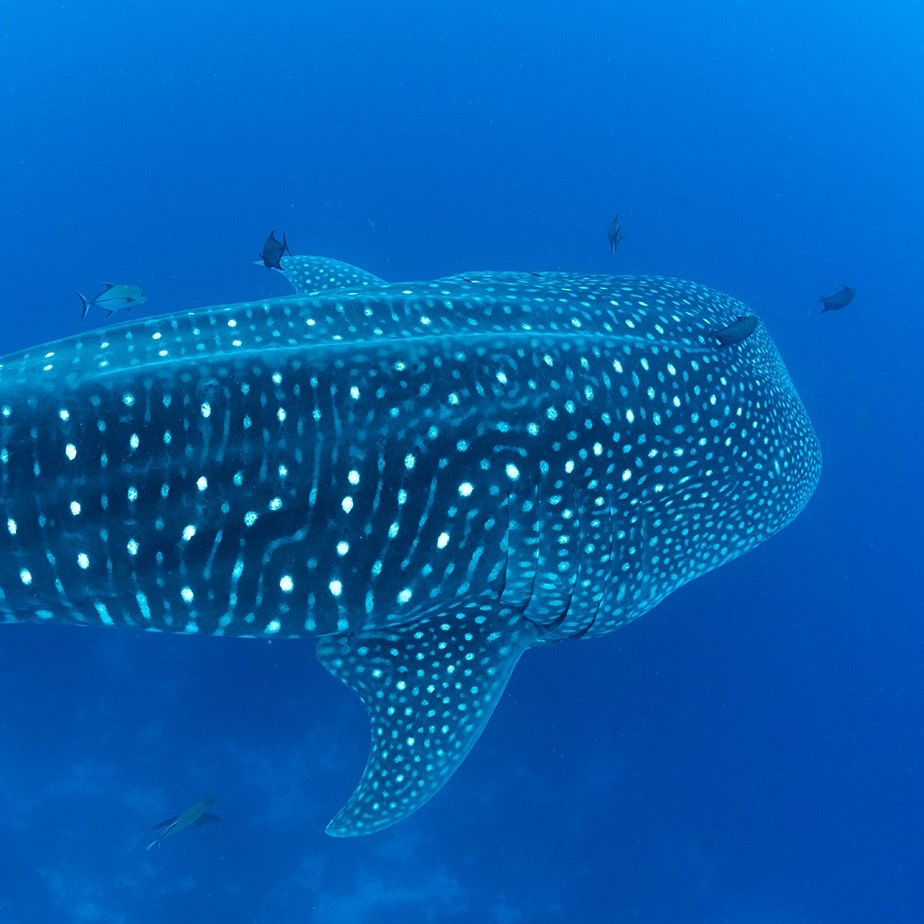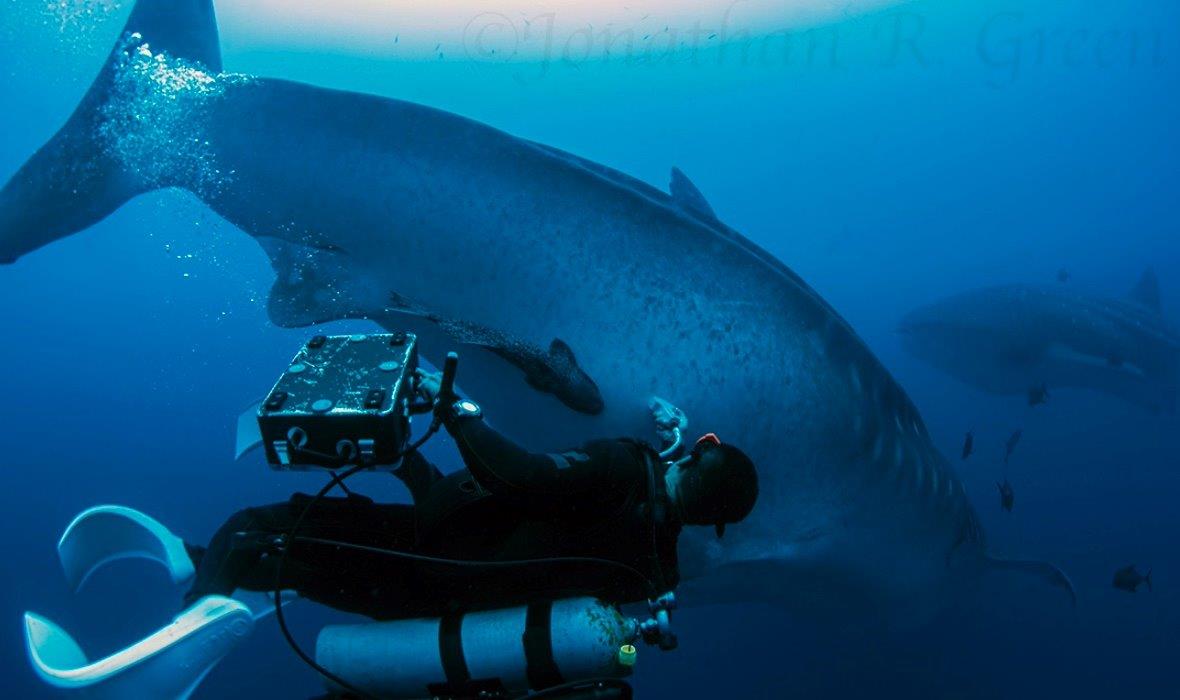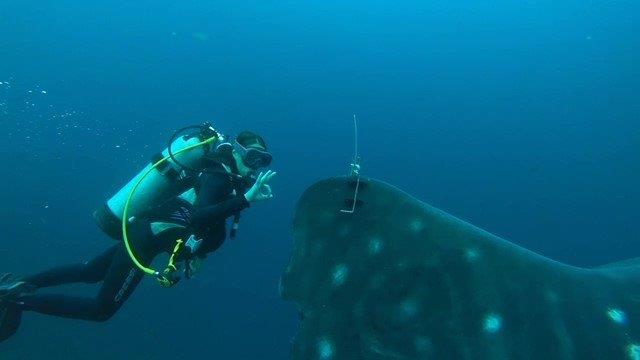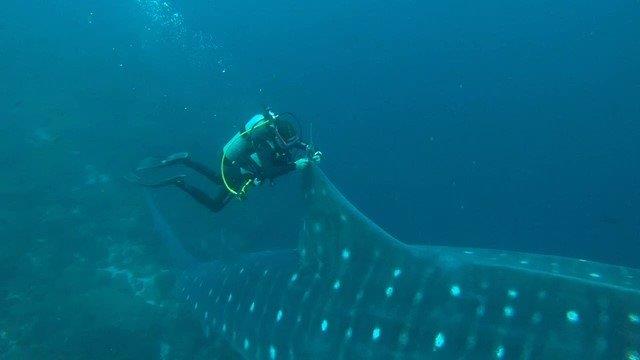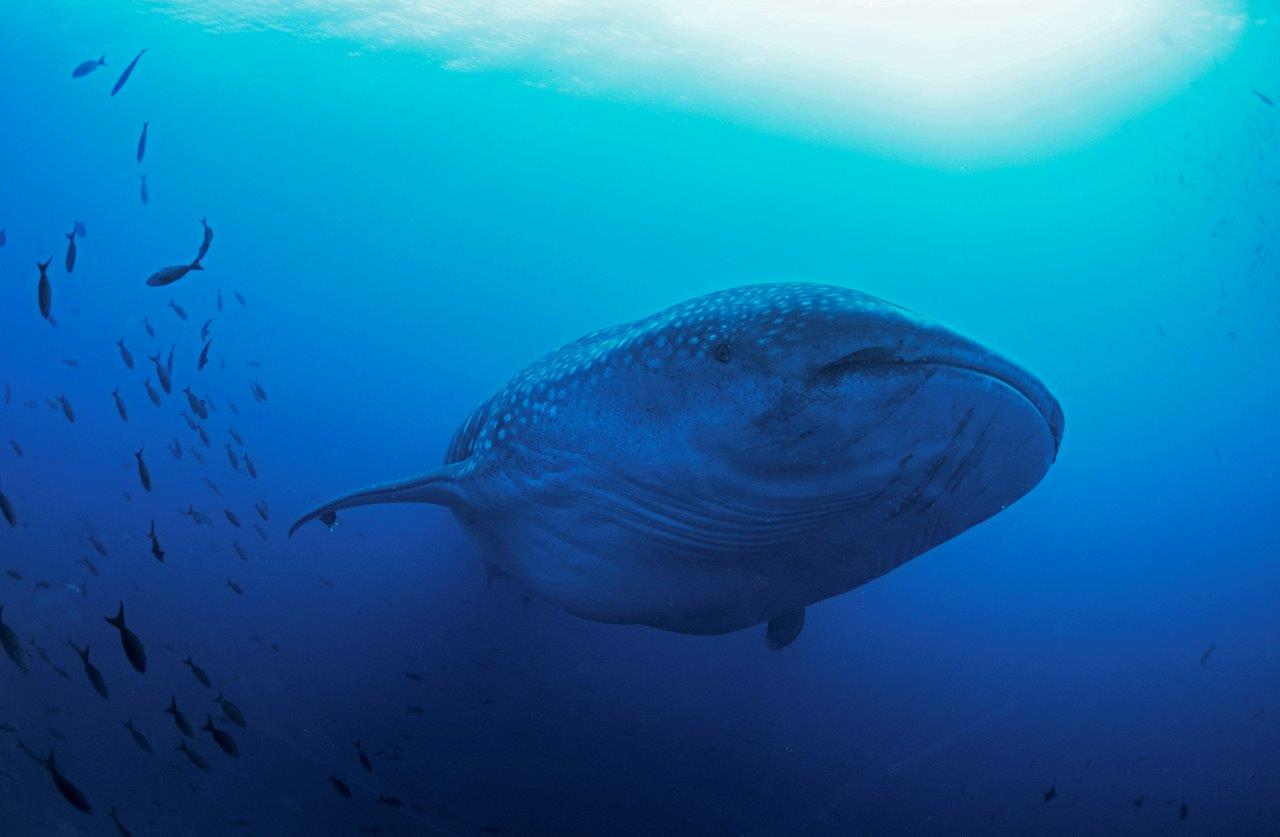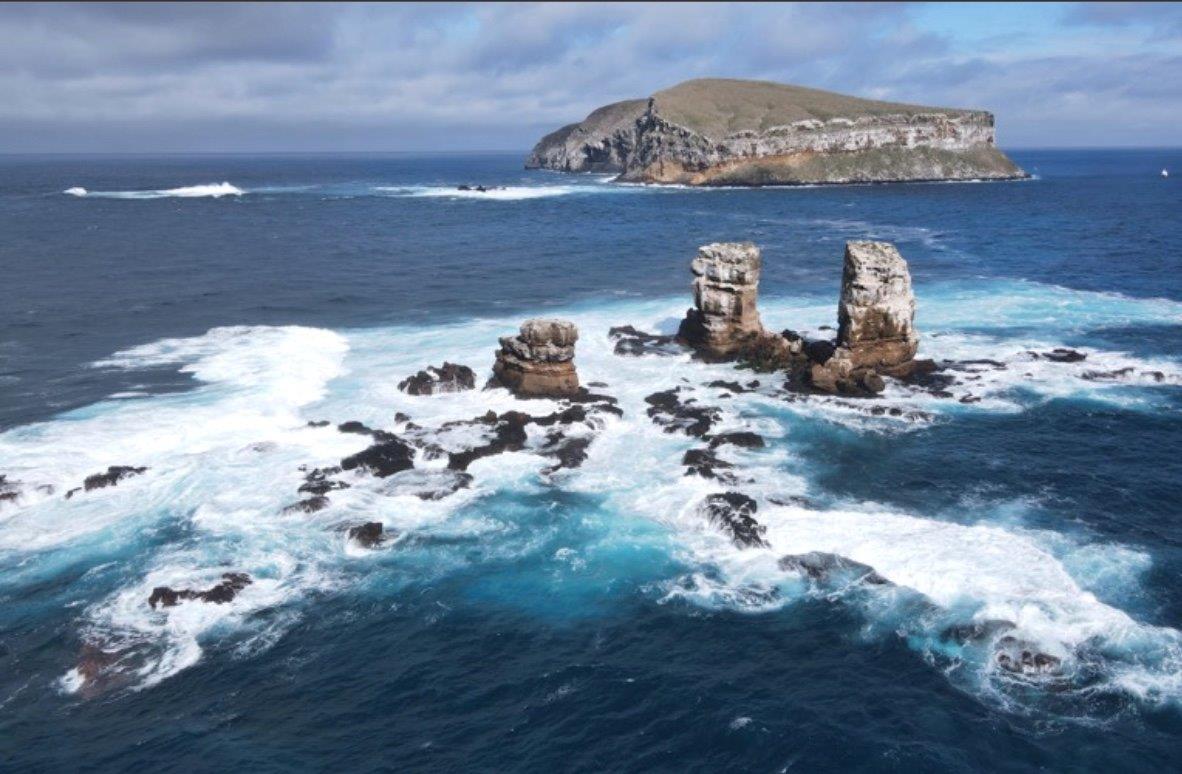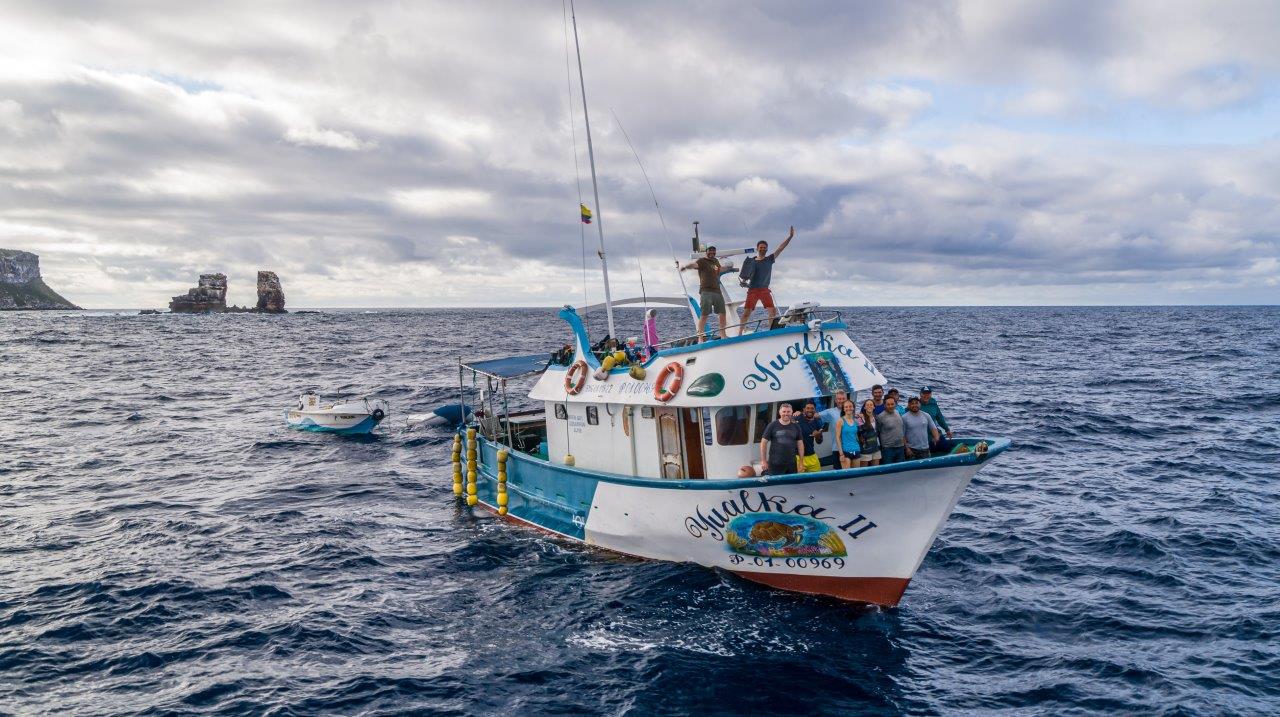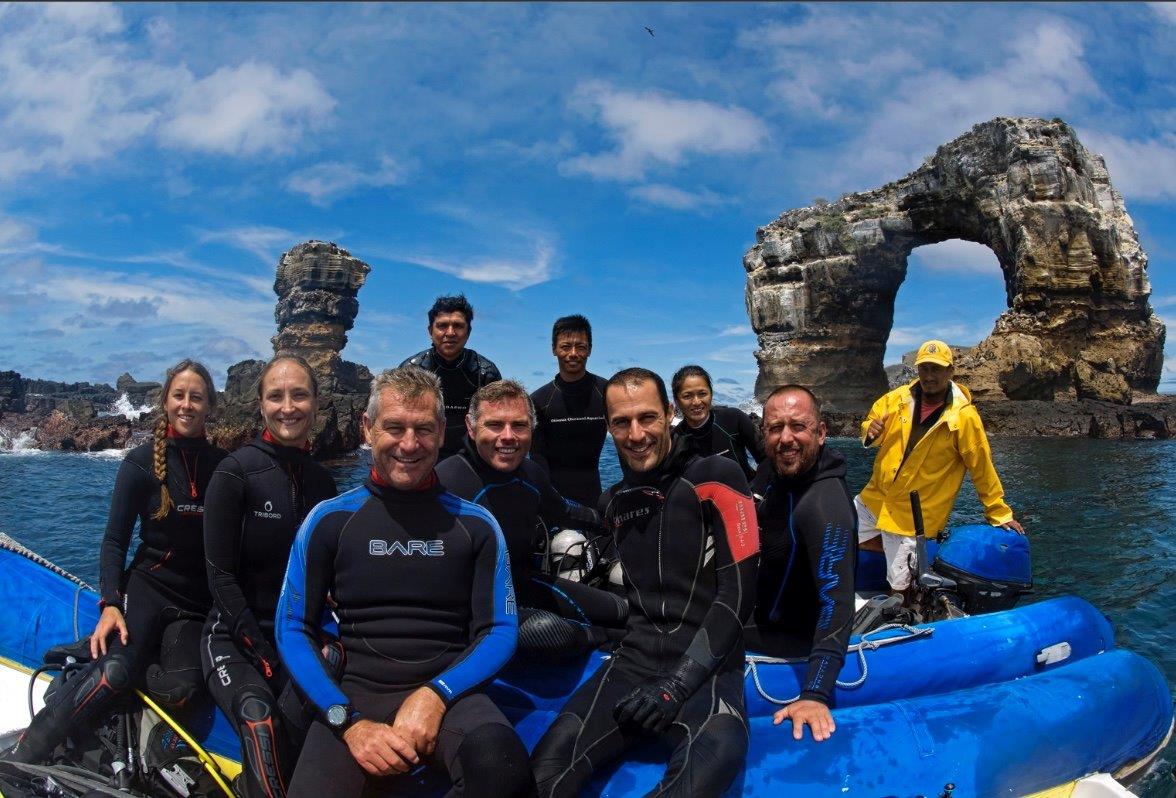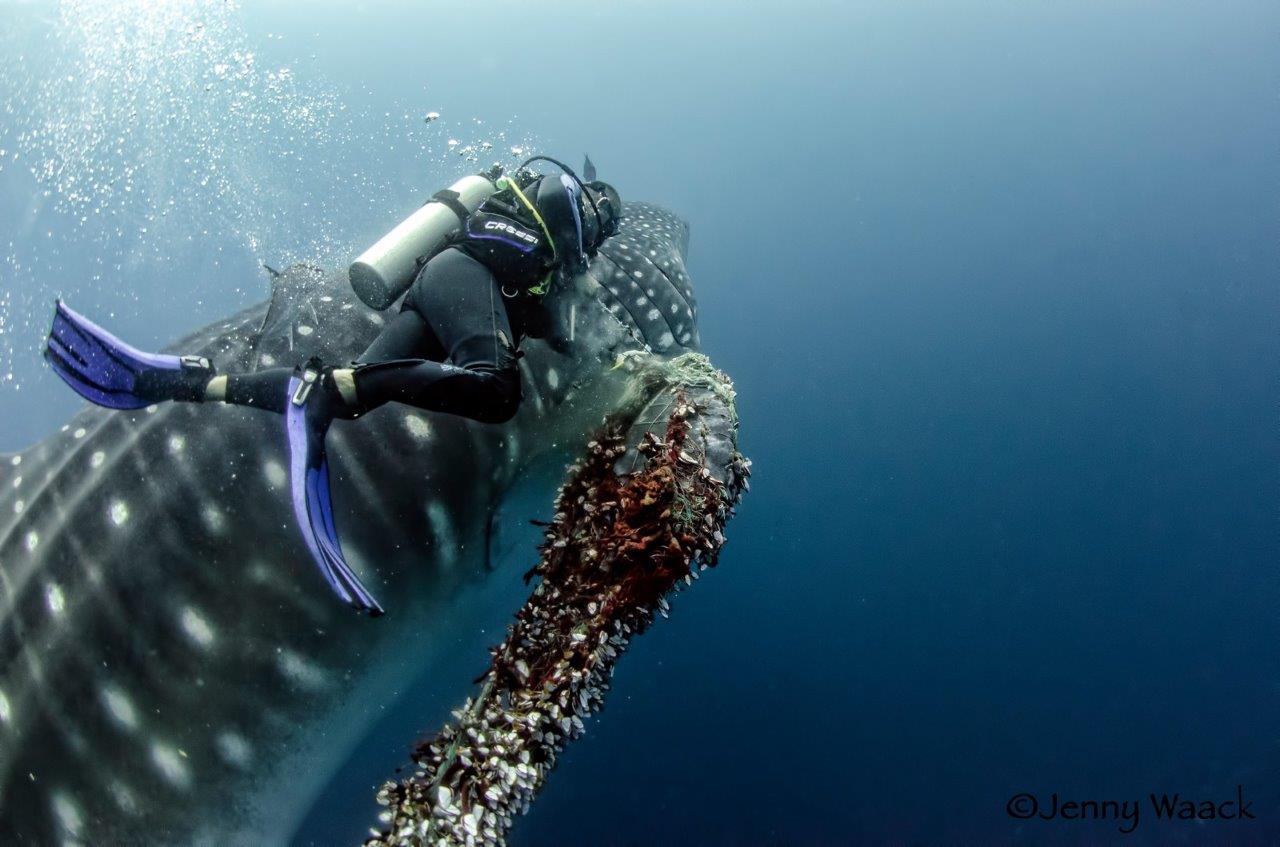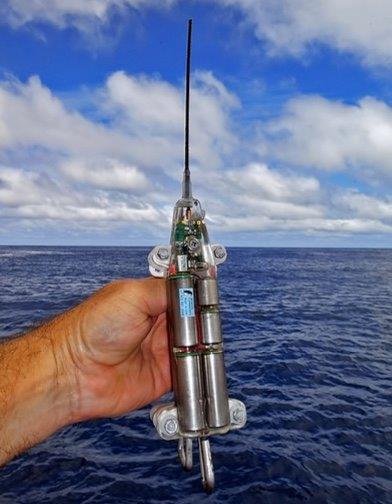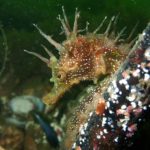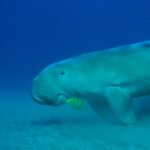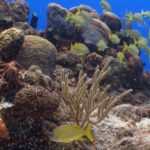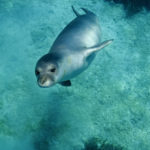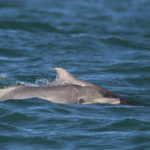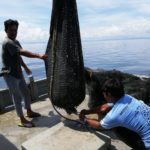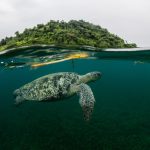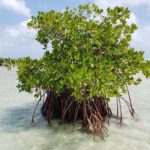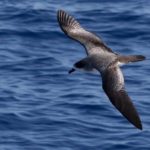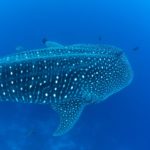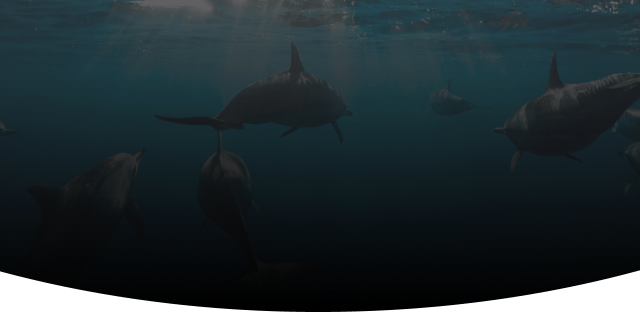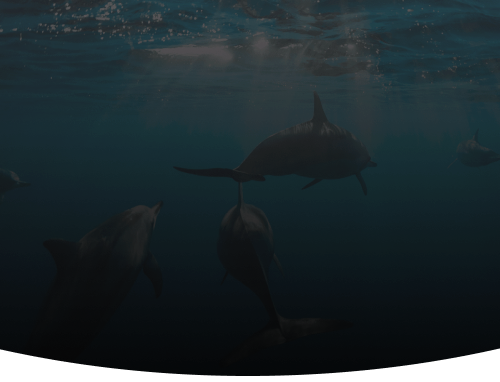Take Action
The Galapagos Whale Shark Project is tackling big questions on big animals. As the leading group researching these animals in the Galapagos archipelago, the project is using exciting and cutting-edge techniques to find out the importance of the Galapagos Marine Reserve to the unusually high proportion of female whale sharks that swim through. This will allow them to understand how to push for more effective protective conservation measures for these gentle giants.
What are we fundraising for?
•Expedition to perform ultrasounds on whale sharks.
Why:
•Groundbreaking research on whale shark reproductive cycle.
•Improving efficacy of protective measures for whale sharks in the Galapagos.
Goal: €19.449,00
Donate nowSea the Work
Project budget
Yearly budget: € 317.612,00
Budget secured: 67%
25%
Workforce
61%
Fieldwork
1%
Operational
1%
Awareness & Outreach
12%
Miscellaneous
Deep dive
In the past, the presence of whale sharks in the Galapagos was not established, with only some rumors from fishermen of big animals they feared would attack and turn their boats. Project leader, Jonathan Green was amongst the first divers in the archipelago that confirmed the presence of these creatures, the whale sharks, in the waters of Darwin Island; a remote rocky islet 2 days boating from the main group of islands in the Galapagos Marine Reserve.
The unknown passage of these gentle giants through the islands motivated the start of multiple streams of research using varying techniques. With the information collected from photo identification, satellite tagging, blood samples and tissue biopsies, the team began to place the significance of the Galapagos Islands in the, largely unknown, context of whale shark life cycle and behavior.
As the team started their investigations, they found something unusual. In most sighting locations worldwide, aggregations tend to be dominated by juvenile males and the few locations where adult females and males are found together tend to be in a 50:50 ratio. However, the team discovered that at Darwin Island the male to female ratio, is 1:99! Pupping grounds for whale sharks are completely unknown and this is key information for the protection of the species. Many of the female whale sharks sighted in the Galapagos have highly distended abdomens suggestive of pregnancy, and as feeding has only been observed on three occasions in over three decades of records, it seems that they are not coming to Darwin Island for reasons associated with feeding. There exists a high possibility that females have their young close to the Galapagos Marine Reserve, and the protection of this area would represent an astronomical step forward in the conservation of whale sharks.
In collaboration with scientists from Okinawa in Japan, who have developed an underwater ultrasound machine, the projects’ current goal is to investigate and understand if the females around the Galapagos waters are indeed pregnant.
